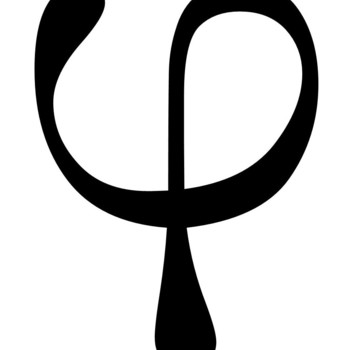If you have 16.8 L of gas at 1.0 atm, what is the new pressure if the volume is reduced to 15.0 L?
2 Answers
1.12 atm
Explanation:
I'm going to assume this is done at constant temperature.
We can use the combined gas law(?) :
Where P is the pressure, V is the volume and T is the temperature.
Units you plug into this equation can be varied (e.g
Explanation:
Using Boyle's law, it states that
Rearranging for
Plugging in the given values,
So, the new pressure will be



